The International Day of Rural Women is an annual celebration held on October 15th. Rural women play a major role in our lives. For example, they make up almost half of the agriculture labour force in developing countries. They play many roles in society, ensuring agricultural development, food security, and reducing rural poverty.
In developing nations, besides working to produce crops and care for livestock, they often provide water and fuel for their families. In Africa, women meet 90% of household water and fuel needs.
They also handle much of the unpaid care and domestic work for their households. With off-farm activities to improve their families’ livelihoods, rural women often work hard for those around them.
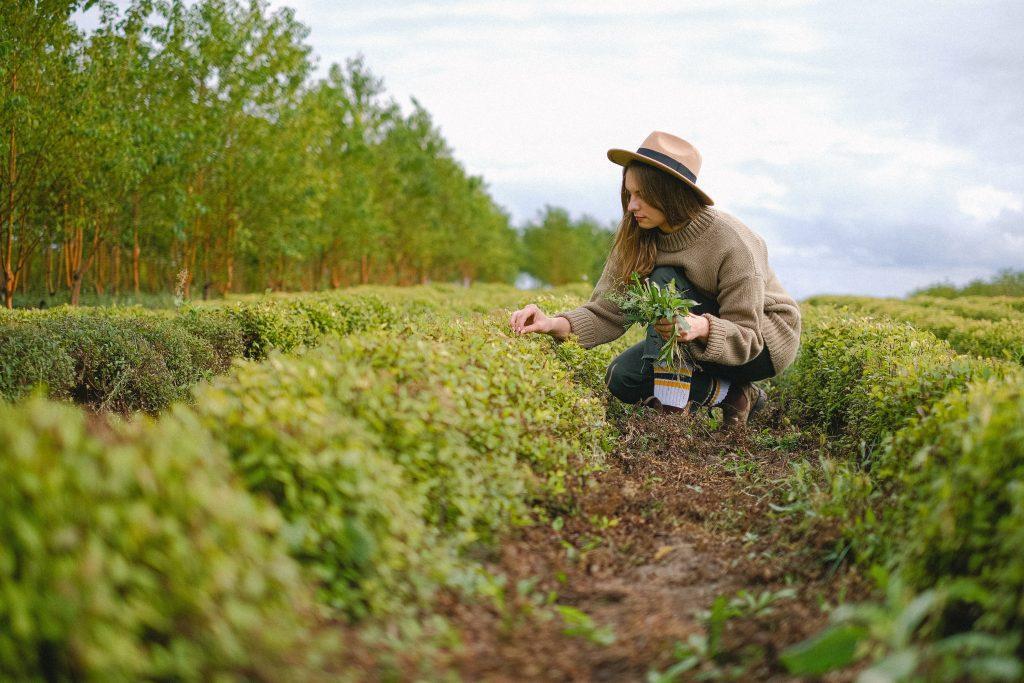
Moreover, rural women have knowledge and experience in managing food security, nutrition, the land, and natural resources. These help make them resilient against the harms of changing climate to their livelihoods.
The Lack of International Recognition
However, it would take until 1995 for their work to be recognised internationally. At the 4th UN World Conference for Women, several global organizations launched World Rural Women’s Day. Soon, more than 100 countries around the world would celebrate this. In December 2007, the UN General Assembly decided that the role of rural women must be highlighted. They chose October 15th, 2008 as the first International Day for Rural Women.
This is a good day to dwell on the many differences between urban and rural lifestyles, especially for women. Those who live in cities often divide their duties with men, whereas women play a dual role in countryside villages. They tend to work on farms and equally share the labour with the men. They also complete chores around the household. Thus, rural women take on much responsibility throughout their lives. Overall, they play an important role in building and taking care of their families.
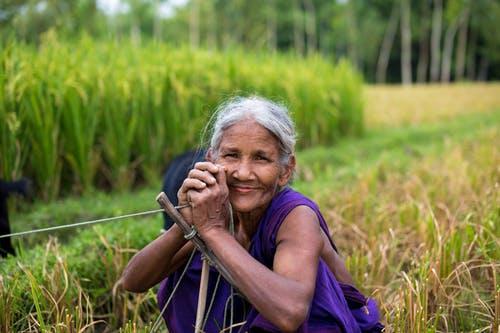
Rural Women and Climate Change
The role of rural women and girls varies as they are at the forefront when natural resources and agriculture are under threat. Between 2006 and 2016, developing countries suffered a quarter of the total damage and loss from climate related disasters. This has greatly harmed rural women and girls’ food security and productive potential. Studies show that rural women lag behind rural men and urban women on all global gender and development indicators. Furthermore, women are more likely to die during climate related disasters. They tend to face hardships in accessing land and water during these. Based on these factors, empowered women are more able to respond to climate change. They play a large role in adopting low carbon technologies, and spreading knowledge about climate change. Promoting rural women’s leadership is crucial to reduce the harms of global warming.
Rural Women and Their Role in Agriculture
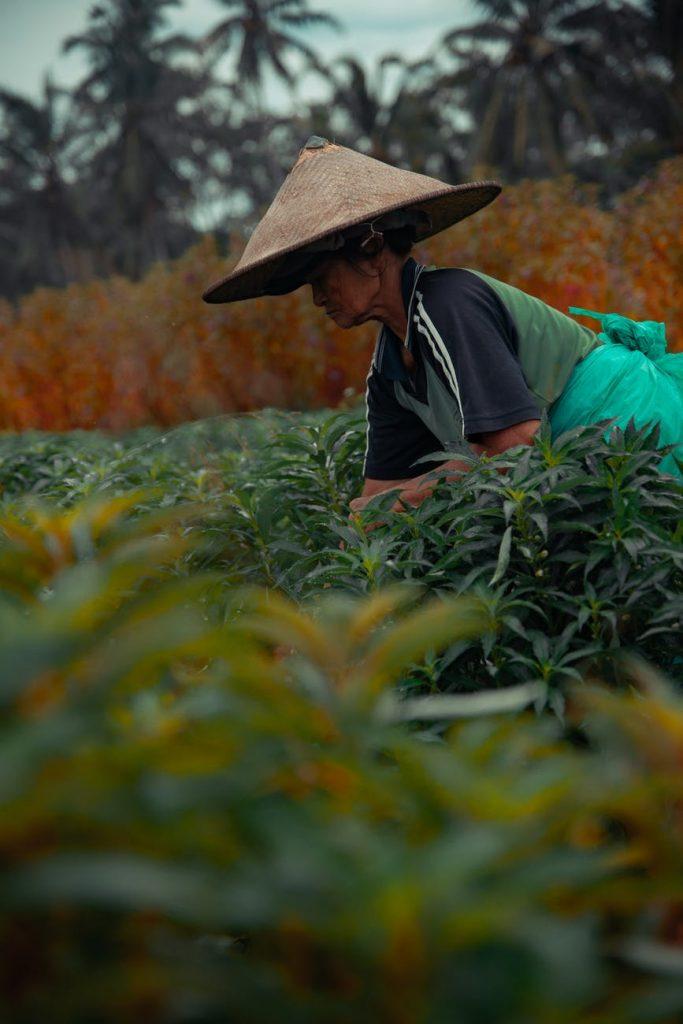
Rural women play a major role in developing their countries. They are often the main figures in economic, environmental, and social changes for sustainable growth. However, rural women face many challenges. For example, they tend to have limited access to credit, health care, and education. Issues with food, economic crises, and climate change are further issues that affect them globally. Empowering women is vital for healthy individuals, families, and rural communities. Given their global presence in the agricultural workforce, this also boosts economic productivity. UN Women supports the leadership and participation of rural women in shaping laws, policies and programs on issues that affect their lives. This includes safe and consistent access to nutritional food, and better rural livelihoods. Training gives them the skills to pursue new livelihoods, and adapt technology to their needs.
Factors Affecting Rural Women
When we think of why rural women face such issues, there are reasons which often make them more vulnerable than men. The most common factors are:
- Less time for, and access to education.
- Less time for formal paid work.
- Fewer job opportunities. This contributes to a gender pay gap and more women unemployed compared to men.
- Less financial security and more poverty. Many have fewer opportunities to build savings.
- Reduced freedom and mental well-being, and increased hardships.
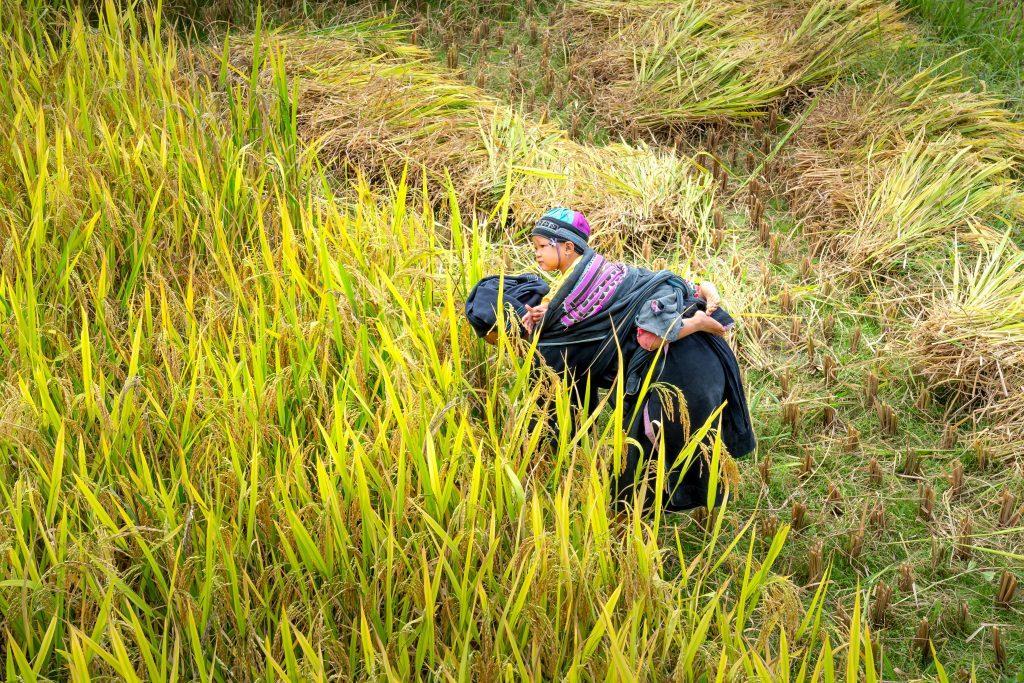
These usually affect the lives of rural women more than their urban counterparts. Often, they are made to work as young girls. This is often informal and stems from household labour. As a result, they usually have less access to education. Hence, they often cannot discover their strengths and weaknesses.
COVID-19 Pandemic and its Effects on Rural Women
There has also been more domestic violence against rural women during lockdowns across the world. Many women are frontline workers in the battle against COVID-19. Hence, this has affected them more than most. This is more serious with rural women. They often have less access to medical facilities, and often suffer from isolation and misinformation. Lockdowns can also worsen situations as they often trap women in their homes without an income.
COVID-19 in Developing Countries
In India during COVID-19, millions of rural women organized into self-help groups. They have helped fill acute shortages and gaps for their communities and beyond, including:
- Making masks and hand sanitisers.
- Providing fresh food through community kitchens.
- Offering financial services.
- Communicating vital COVID-19 information to rural communities.
In several other countries, rural women-owned businesses and cooperatives are making survival kits for vulnerable people. Female rice producers are also sourcing food transfers for their governments.
The pandemic has also made rural women’s rights to land and resources more vulnerable. Unfair gender norms and practices prevent women from exercising their land and property rights in most countries. COVID-19 widows may also find themselves disinherited of what their spouses own. This increases pressures on land and resources and worsens gender gaps in agriculture and food security.
Rural Women in Developing Countries
There have been several solutions that aim to empower rural women. By accounting for cultural norms, they aim to achieve this in different ways.
In India, the Dalit Women’s Livelihoods Accountability Initiative has helped women marginalised by the caste system access employment schemes. Between 2009 and 2011, it grew from 2,800 people to over 14,000. Many Dalit women now have bank accounts in their names and are part of unions that help them to defend their rights.
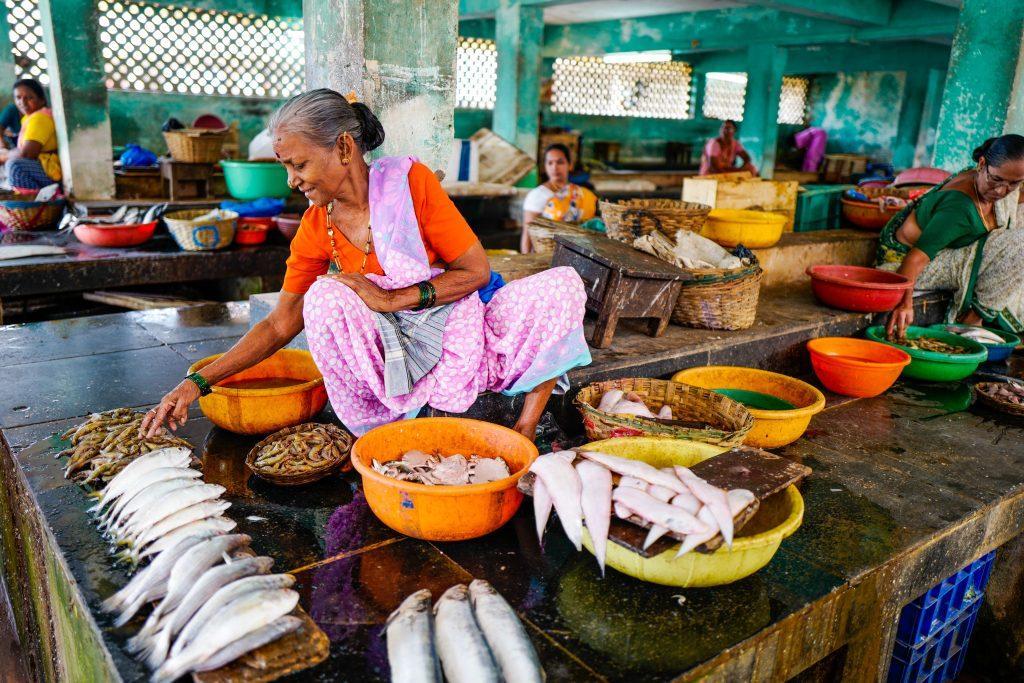
Another example takes place along one of the poorest stretches of the Zambezi River in Zimbabwe. New equipment and training offered by UN Women has helped women from the Tonga ethnic group enter the male-dominated fishing industry. Rather than selling fish bought from men’s boats, they now market their own catch. Sales have doubled, and the women are organizing collectives. It has allowed them to extend their market reach to larger towns and cities, and join a revolving fund that provides small loans.
Conclusion
In conclusion, rural women play a major role in our society. Though the pandemic has affected them, they have fought back to support their families. Let this International Day of Rural Women be a reminder to celebrate and recognize the crucial role they play in our lives.























